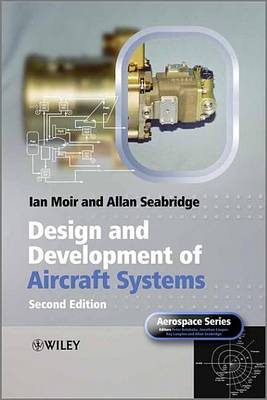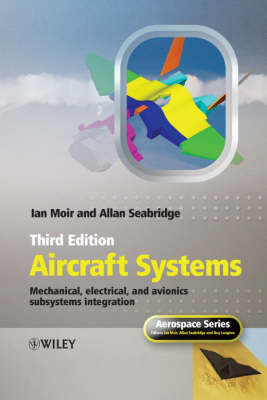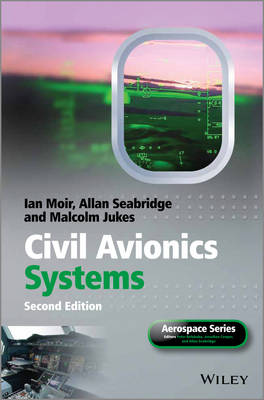AIAA Education
3 total works
"Design and Development of Aircraft Systems" is for people who want to understand how industry develops the customer requirement into a fully integrated, tested, and qualified product that is safe to fly and fit for purpose. The previous books in the aerospace series "Aircraft Systems and Civil Avionics Systems" have been aimed at providing technical descriptions of the various systems of aircraft with examples of practical applications. In these books only a passing reference is made to the process by which such systems are designed and developed."Design and Development of Aircraft Systems" has been written to be generic and not to describe any single one process. It aims to complement the other volumes in the series, and will inform readers of the work that is carried out by engineers in the aerospace industry to produce innovative and challenging - yet safe and reliable - systems and aircraft. The aerospace series aims to be a practical and topical series of books aimed at engineering professionals, operators and users in the aerospace industry.
Aircraft Systems - Mechanical, Electrical and Avionics Subsystems Integration 3e
by Ian Moir and Allan Seabridge
Published 17 January 1993
This third edition of Aircraft Systems represents a timely update of the Aerospace Series' successful and widely acclaimed flagship title. Moir and Seabridge present an in-depth study of the general systems of an aircraft - electronics, hydraulics, pneumatics, emergency systems and flight control to name but a few - that transform an aircraft shell into a living, functioning and communicating flying machine. Advances in systems technology continue to alloy systems and avionics, with aircraft support and flight systems increasingly controlled and monitored by electronics; the authors handle the complexities of these overlaps and interactions in a straightforward and accessible manner that also enhances synergy with the book's two sister volumes, Civil Avionics Systems and Military Avionics Systems . Aircraft Systems, 3 rd Edition is thoroughly revised and expanded from the last edition in 2001, reflecting the significant technological and procedural changes that have occurred in the interim - new aircraft types, increased electronic implementation, developing markets, increased environmental pressures and the emergence of UAVs.
Every chapter is updated, and the latest technologies depicted. It offers an essential reference tool for aerospace industry researchers and practitioners such as aircraft designers, fuel specialists, engine specialists, and ground crew maintenance providers, as well as a textbook for senior undergraduate and postgraduate students in systems engineering, aerospace and engineering avionics.
Every chapter is updated, and the latest technologies depicted. It offers an essential reference tool for aerospace industry researchers and practitioners such as aircraft designers, fuel specialists, engine specialists, and ground crew maintenance providers, as well as a textbook for senior undergraduate and postgraduate students in systems engineering, aerospace and engineering avionics.
Civil Avionics Systems, Second Edition, is an updated and in-depth practical guide to integrated avionic systems as applied to civil aircraft and this new edition has been expanded to include the latest developments in modern avionics. It describes avionic systems and potential developments in the field to help educate students and practitioners in the process of designing, building and operating modern aircraft in the contemporary aviation system. Integration is a predominant theme of this book, as aircraft systems are becoming more integrated and complex, but so is the economic, political and technical environment in which they operate. Key features: Content is based on many years of practical industrial experience by the authors on a range of civil and military projects Generates an understanding of the integration and interconnectedness of systems in modern complex aircraft Updated contents in the light of latest applications Substantial new material has been included in the areas of avionics technology, software and system safety The authors are all recognised experts in the field and between them have over 140 years experience in the aircraft industry.
Their direct and accessible style ensures that Civil Avionics Systems, Second Edition is a must-have guide to integrated avionic systems in modern aircraft for those in the aerospace industry and academia.
Their direct and accessible style ensures that Civil Avionics Systems, Second Edition is a must-have guide to integrated avionic systems in modern aircraft for those in the aerospace industry and academia.


